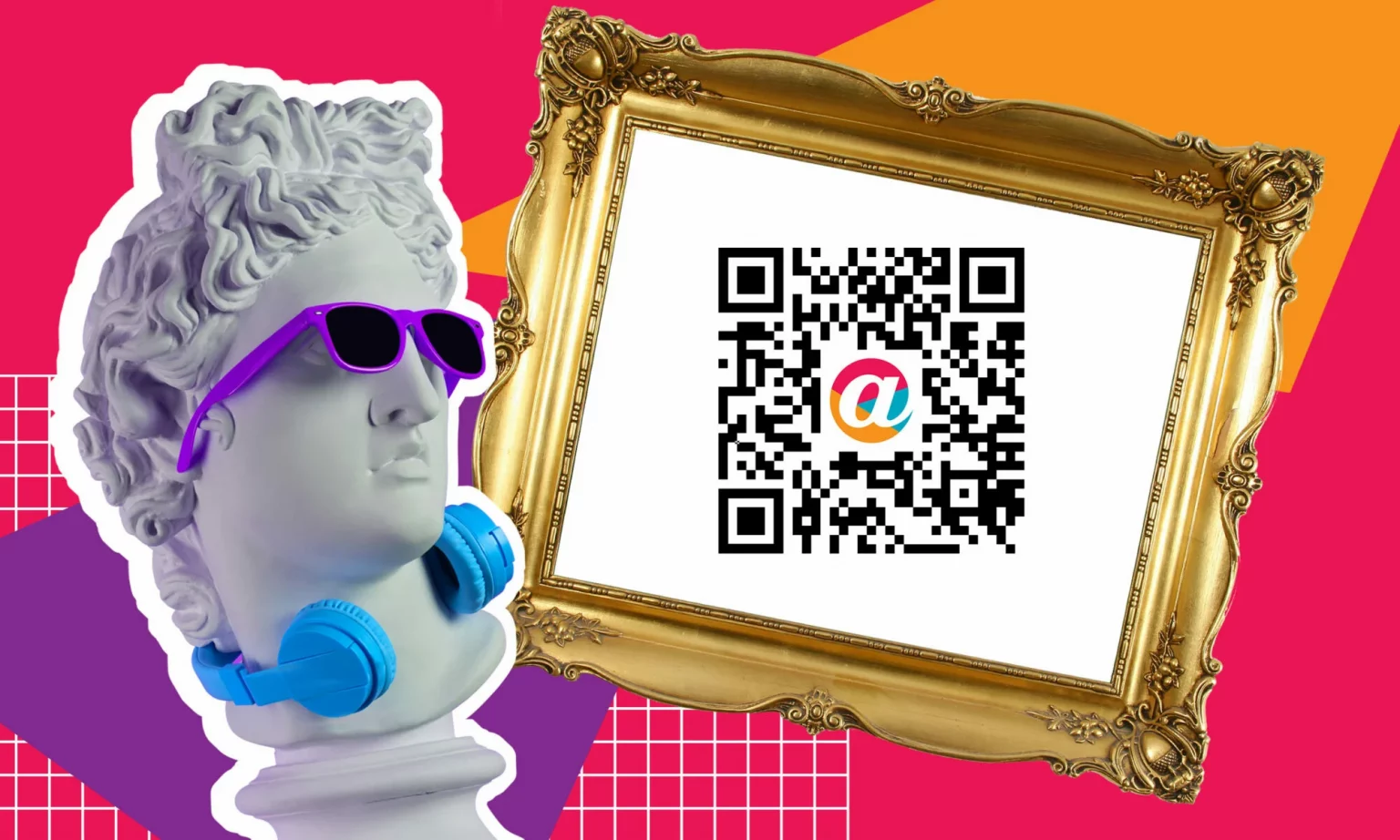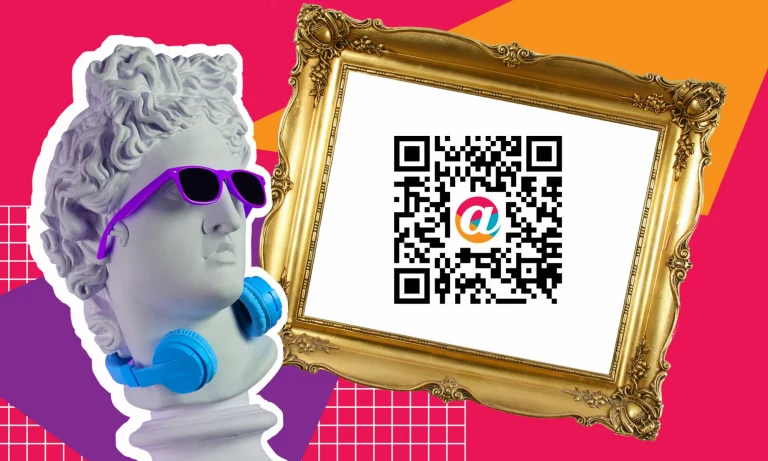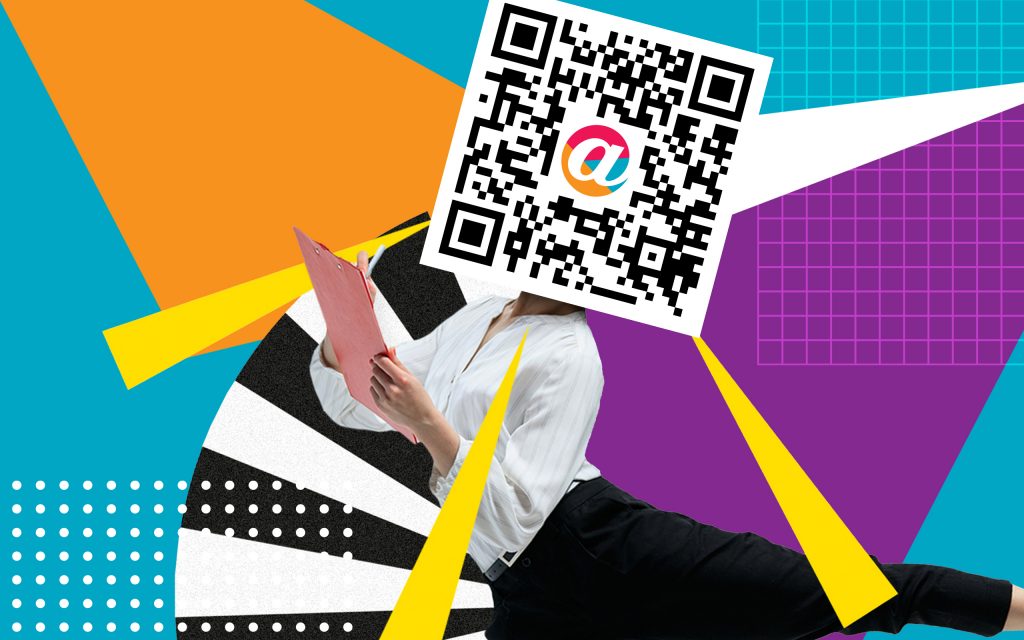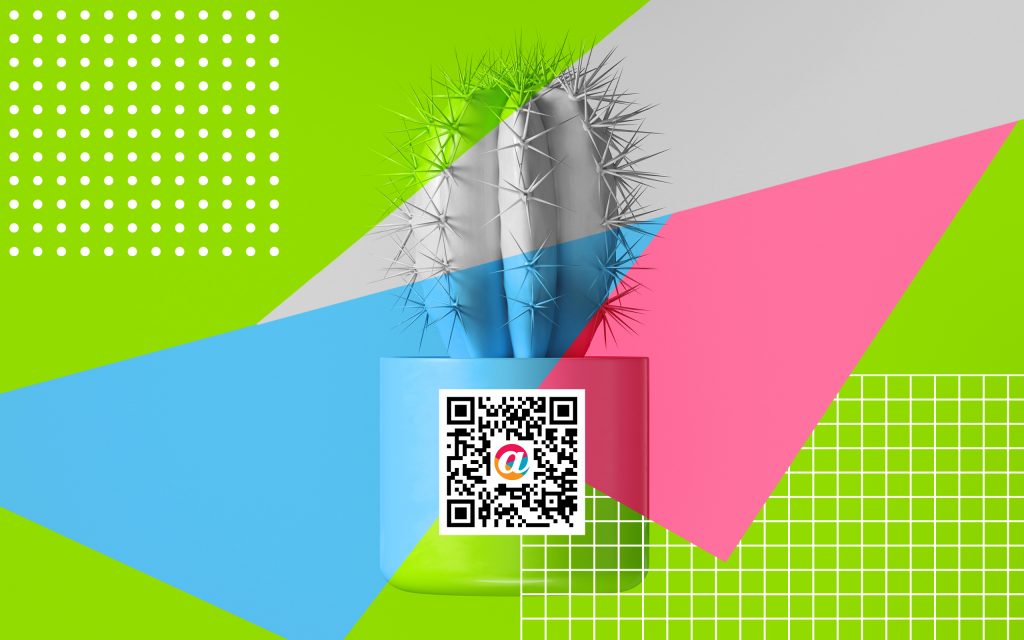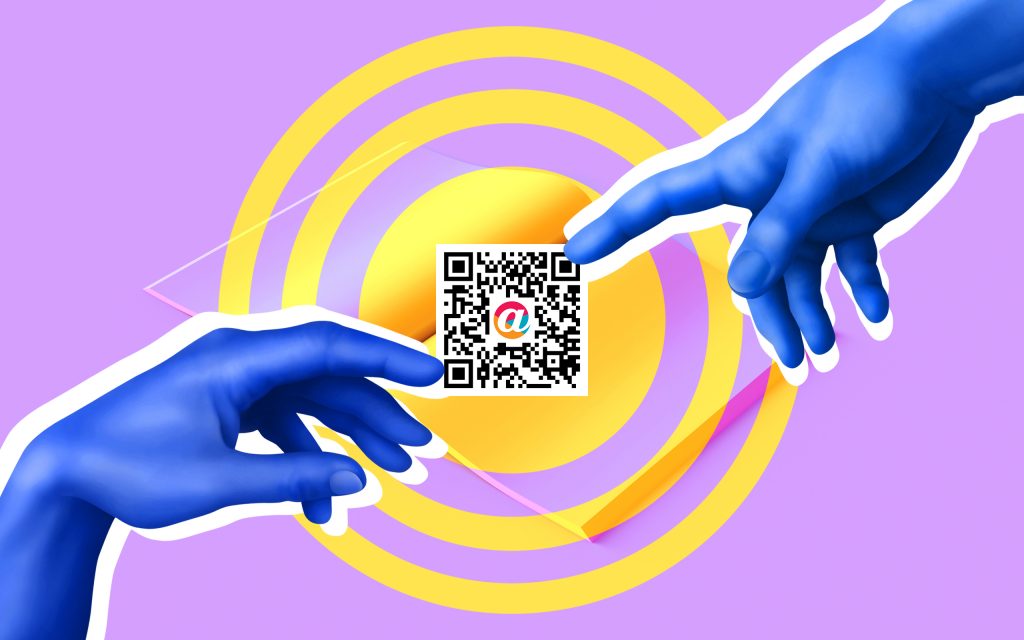Ahh the QR code. Love it or love to hate it? Despite having a lukewarm response when it first launched, you’re bound to see and interact with one everywhere. The pandemic has shifted people’s mindset in that they are now more accustomed to this technology. Gone are the days where people ignore this ubiquitous black-and-white box. From contactless payments to contact tracing, QR codes have seen a renaissance and is here to stay in the post-pandemic . world. Brands should take this as an opportunity and leverage on this technology.
QR codes enable “phygital” (no I didn’t just make this up) experiences by bridging the physical world and a digital one. The inherent interactivity when engaging with a QR code allows us to tell layers of stories. First, you read a prompt telling you why you need to scan the code, and then you whip out your phone to scan it. This leads you to the second level of engagement whether it’s reading a menu or making a payment. But this could just be the beginning.
Data Tracking
Invented more than 20 years ago, the QR code was originally used to track car parts. As an advanced form of barcode, it holds significantly more data than a normal barcode. It’s like the green and black lines of binary that make up The Matrix, but without Keanu Reeves. What this means for brands and marketers is that utilising these in campaigns allow for performance data to be collated. With dynamic QR codes, data such as the location, number and time of the scans can tracked, as well as the operating system of the device used. It can help gauge interests, and through analysis, determine preferences and patterns. Much like embedding a pixel or a cookie in digital mediums. This can then be used to shape integrated digital marketing strategies downstream.
Environmental Impact
Restaurants were the first few adopters of the QR code during the pandemic. CDCs worldwide advised in avoiding the handling of reusable items such as menus. Physical printed menus being replaced by digital ones, saw the upside of alleviating not only financial costs but environmental ones as well. A digital menu also empowers brands to update menus on the fly without the wastes of reprinting.
QR codes are also utilised in contactless payments. And with the advent of cashless P2P services, paper based receipts and bills have started giving way to digital ones as well.
Storytelling
The use of QR codes as a supporting role in communication should inspire both creatives and marketers into new uses for this old tech. Brand stories too lengthy on a space-constrained medium like packaging can still be told through QR codes. In a society where people are more socially conscious than ever, brand values are critical for brand affinity. Where an ingredient is sourced is equally important to ingredient information or how manufacturers support its workers. Telling people the story of how the product they hold ended up in the palm of their hands ensures a better-engaged consumer. And I’m sure we all know how important brand storytelling is.
QR codes also provide an instant link between the consumers and the brand’s social media, blog or even look book. This gives consumers a peek into the lifestyle a brand represents or a community it supports.
The key to leveraging on QR codes lie in the consumer journey. Now that the point and scan behaviour has been conditioned in all of us, we need to make sure how we use QR codes, support an overall experience. Not just adding for the sake of it. For an old dog, the QR code still has a lot more tricks left up its sleeve. The fun part is in how we can tease out new ways of playing with it.


